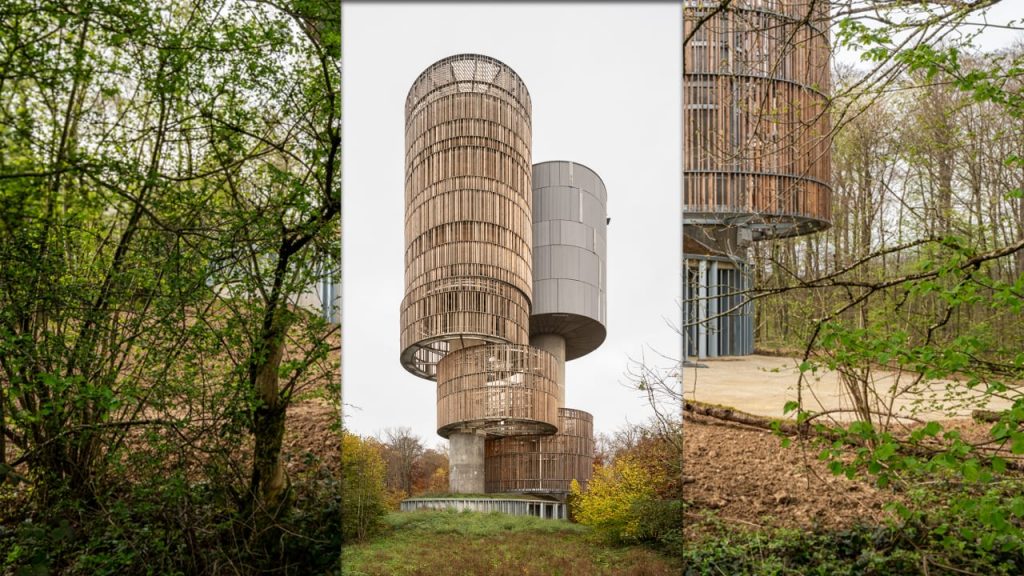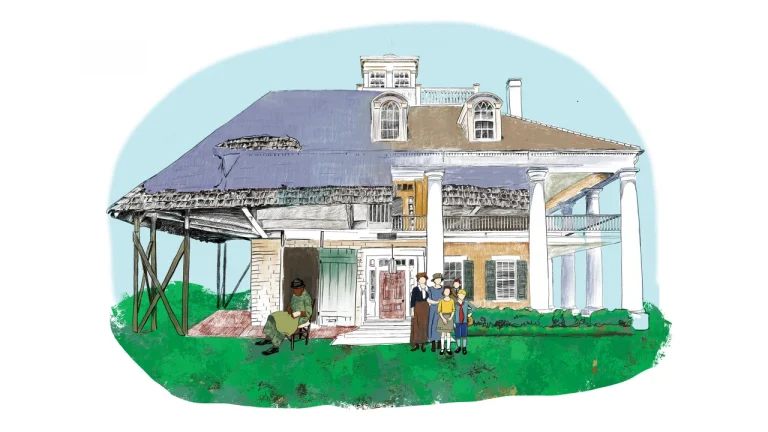
Tucked in a forest of trees in Luxembourg City is a hulking piece of urban infrastructure that, if all goes to plan, will soon be taken over by birds. The structure is a two-columned concrete water tower that has been designed to function as a habitat for local and migratory birds. In contrast to most essential elements of a city’s infrastructure that usually try to avoid being infested by wild animals, this water tower had birds in mind from the very start.
The water tower habitat was designed by Temperaturas Extremas Arquitectos SLP, an architecture firm based in Madrid. The project’s site is part of Natura 2000, a European ecological network of areas dedicated to biodiversity conservation, and several local and migratory bird species are known to nest in this area, including swallows, cuckoos and peregrine falcons. Because of the site’s protected status and bird population, designing a large piece of infrastructure there raised the unusual challenge of prioritizing animal needs over human ones. The project’s client, the water service of the capital city of Luxembourg, launched a design competition in 2019 to tackle this challenge.

Completed in the fall, the dual towers are 164 feet high and have a combined capacity of about 260,000 gallons. The concrete bulk of the towers are framed by a permeable wooden skin that encourages bird nesting as well as vegetation growth. Bat roosts are also attached at various points of the structure. The top of the tower has a nesting space for peregrine falcons.

In just the few months since construction finished, the structure is already transforming into a habitat for plants and animals, with several species nesting in its wooden frame. “Vegetation has begun to conquer the building and its surroundings,” the architects explain via email. “It is beginning to be a calm place.”

The architects say the project’s true value will be shown this spring, during the biannual migration that will bring millions of birds through the region. It could also become a model for a new way of designing water towers, which are beginning to see a wider range of designs compared to the recent past. While some buildings are known to be incredibly deadly to birds, the designers argue that this kind of project offsets the unintentional but harmful effects architecture can have on the natural world.
“One of the great challenges of architecture today is to not only contribute to cushioning of the impacts it has, but fundamentally to give back to nature part of what was taken from it,” the architects write. “In other words, the challenge is to increase the planet’s natural capital.”






